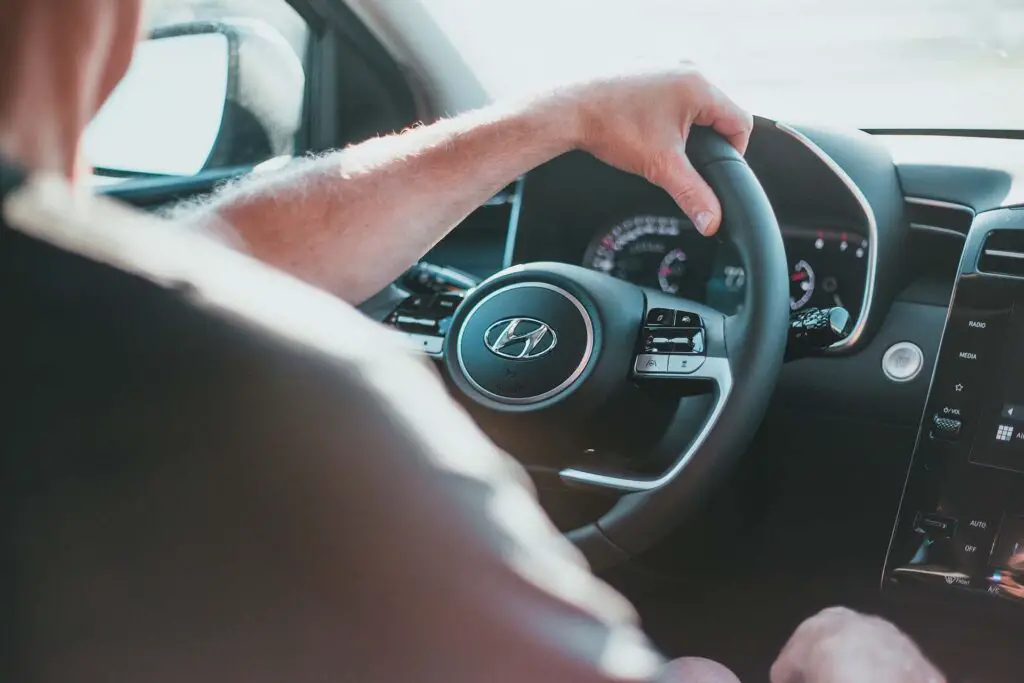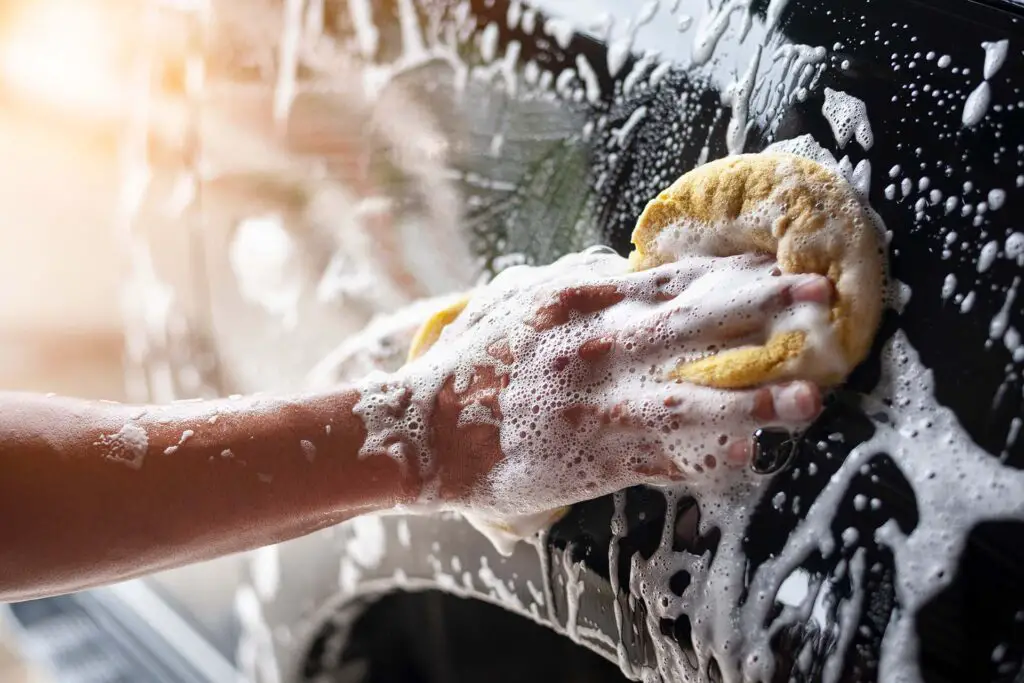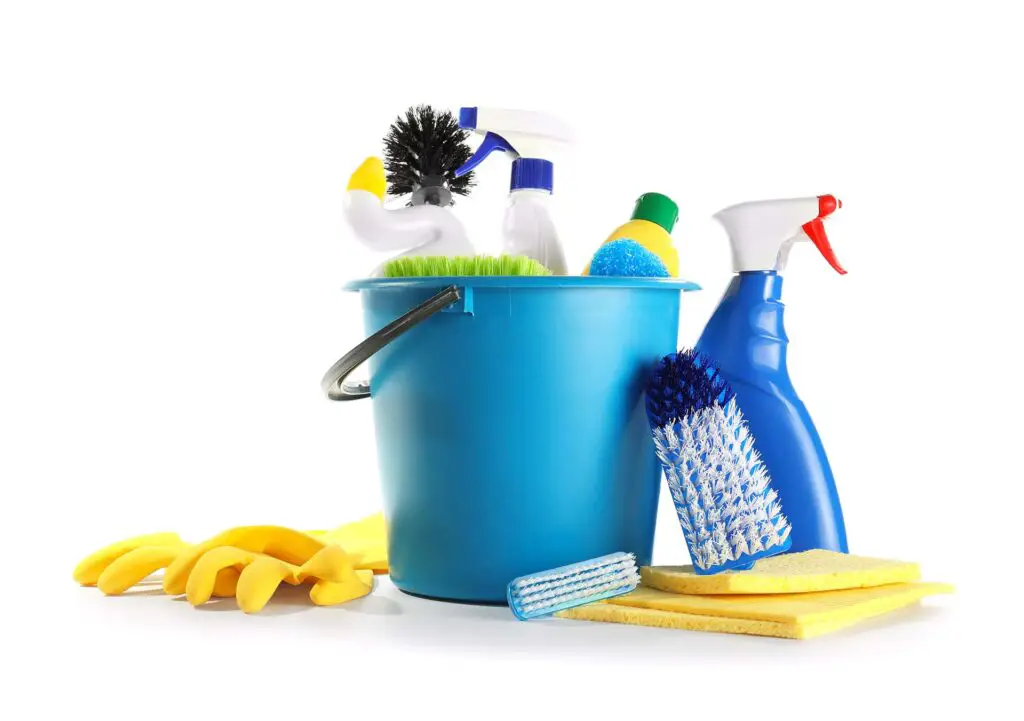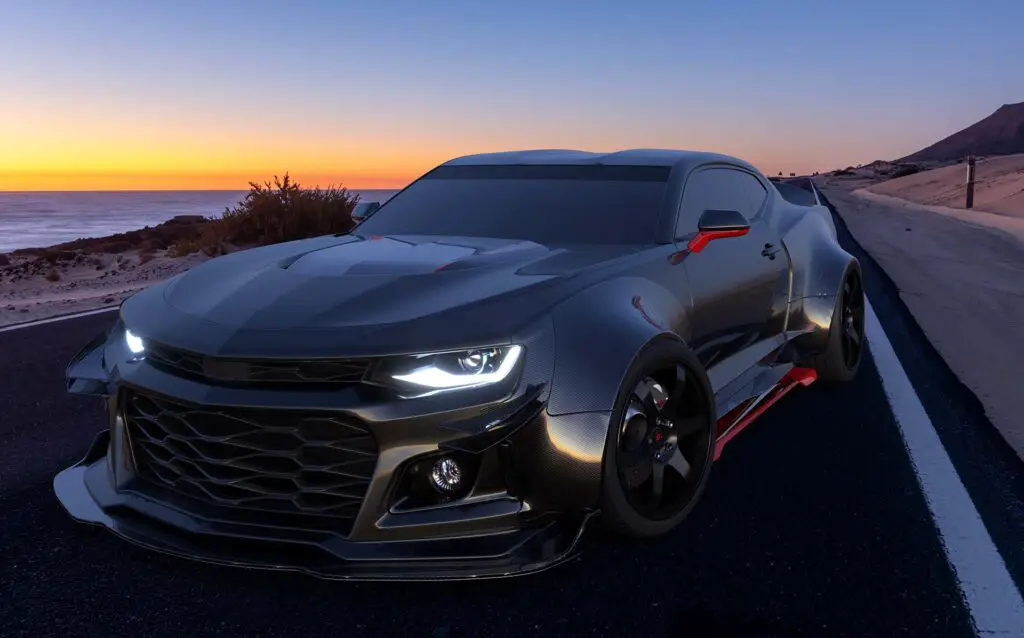Are cloudy headlights making your four-wheeler look like it’s seen better days? Don’t worry – you don’t have to send it off to the auto detailing spa just yet! You can figure out how to clean foggy headlights from the comfort of your own home and try to make those lights shine bright again. So, let’s explore some of the most effective ways to clean foggy headlights and get back that crystal-clear road view.
While you can always opt for professional help, the easiest DIY method of restoring your headlights to their previous glory is by using a specialized headlight restoration kit. It contains everything you need, from abrasive material for sanding down the top layer of plastic to a protective coating that should be applied as the last step. There are also some alternative home remedies, such as using vinegar or baking soda, but they might not be as effective.
What Are the Main Causes of Foggy Headlights?
No matter if you’re used to cruising down the most famous routes in the US in the heat of summer or like to go on a little off-road driving adventure once in a while, several factors contribute to foggy or hazy headlights. While the most common culprits are frequent exposure to moisture or UV rays, there are other possible reasons why you’ve found yourself with a far-from-clear road view.
Oxidation Can Cause Foggy Headlights
Oxidation is a chemical process that occurs when a material is exposed to oxygen over time, which can cause it to break down and deteriorate. When plastic headlight covers are exposed to UV radiation, they can begin to oxidize and lose their clarity.
Oxidation occurs because the UV rays break down the chemical bonds in the plastic, causing it to become foggy or dim. Once that happens, the visibility is significantly reduced, and that can cause a lot of driving anxiety, especially when driving at night.
Sun Damage
Sun damage is one of the primary causes of foggy headlights, as their covers are very vulnerable to UV radiation, and the plastic can deteriorate significantly over time. Actually, this process goes hand in hand with oxidation – the UV rays break down the chemical bonds in the plastic, and that’s what causes the headlights to appear foggy. Additionally, prolonged exposure to sunlight can cause the headlight covers to fade or discolor, which can further diminish their clarity.

Environmental Factors
Besides long-time exposure to UV radiation, environmental factors such as pollution, dirt, and grime can also contribute to foggy or hazy headlights. When the plastic covers are exposed to such elements, they become coated with a layer of dirt or grime that can diminish their clarity. Additionally, environmental contaminants can react with the plastic, causing it to deteriorate and become more susceptible to fogging.
Chemical Damage
When harsh chemicals, such as cleaning agents or automotive fluids, come into contact with the plastic headlight covers, the damage can cause them to appear foggy. Additionally, the chemicals can leave behind a residue that further diminishes visibility.
So, if you need to remove some spray paint, get some paint off your vehicle, or do anything that includes applying chemicals to the surface of your four-wheeler, it’s important to stay mindful about what you’re using.

What Cleaning Materials Do You Need?
To clean foggy headlights, you will need a few key materials. First and foremost, you will need a specialized headlight restoration kit, which typically includes a set of abrasive pads or sandpaper, a polishing compound, and a UV-resistant sealant. Most of the options are pretty affordable and will last you a long time, so it won’t add much to your cost of owning a car budget plan.
It’s best to invest in a quality kit – my recommendations are the CERAKOTE Ceramic Headlight Restoration Kit or the 3M Ultra Headlight Restoration Kit. They work wonders, and they’ll serve you well for years to come. Besides this specialized product, you may need a few additional things that are easily found in any household:
- Bucket of soapy water,
- Microfiber towel or a sponge,
- Masking tape or painter’s tape,
- Masking film or plastic sheeting,
- Heat gun or a hairdryer.
How to Clean Foggy Headlights at Home – Step-By-Step Instructions
Cleaning foggy headlights at home is a straightforward process that can be done in a few simple steps, no matter if you own a brand-new vehicle, a used car, or even one with a salvage title. Here’s an easy-to-follow, step-by-step guide that will help you regain that crystal-clear view of the road:
Prepare the Headlights for Cleaning
Before beginning the process of cleaning your foggy headlights, it’s important to prepare them properly. First things first, make sure that they are cool to the touch to prevent any burns or injuries while you’re cleaning. Next, remove any loose debris or dirt from the surface – the best way to do this is by using a soft-bristled brush first and then applying some soapy water to thoroughly clean the headlights.
It’s best to let the soapy water sit for a few minutes to loosen any dirt or grime, and then rinse everything with clean water. This will ensure that the headlight covers are free from any debris or contaminants that may interfere with the cleaning process and help you achieve the best possible results. The last step of preparation is to dry the covers with a clean microfiber towel or cloth and ensure that you’ve removed any remaining moisture.
Sand the Headlights
Before you get started on sanding the headlight covers, it’s important to apply masking tape or painter’s tape to protect the surrounding areas of your four-wheeler. To sand down the surface of the covers, you’ll need abrasive pads or sandpaper – you can buy it separately or as a part of a specialized headlight restoration kit, as mentioned before.
The purpose of sanding is to remove the top layer of oxidized plastic from the surface, and this will help restore the old crystal-clear view.
When sanding, it’s important to keep the surface moist with water or a lubricating spray and use light pressure while working in a back-and-forth motion. To achieve a smooth finish, you’ll first start with a coarse grit sandpaper before working your way up to a finer grit. Once finished, thoroughly rinse the covers with clean water and dry them.
Polish the Headlights
Once you’re finished sanding down the headlight covers, it’s time to apply a specialized polishing compound for the crystal-clear final touches. Once again, you can either get it included in the aforementioned headlight restoration kits or buy it separately. Apply it with a microfiber towel or a sponge and use circular motions, working from the center outward until the cover becomes clear.
The polishing compound works to smooth out any scratches or imperfections left by the sandpaper and bring out the natural shine of the plastic. Once applied, it should be thoroughly rinsed with clean water and dried. You can additionally apply a UV-resistant sealant to protect the cover from future sun damage.
What Are Some Alternative Methods for Cleaning Foggy Headlights
While I believe that the technique described above is the most effective way to get your headlights crystal-clear again, it’s still important to underline that there are many different ways to DIY this task. For example, if you’re wondering how to clean foggy headlights with baking soda, the process is super easy. Simply mix it with water and use it as a gentle abrasive to remove the top layer of oxidized plastic.
Additionally, you can make a solution out of baking soda and vinegar – it does the job even better. While knowing how to clean foggy headlights with vinegar is useful, it’s important to underline that these alternative methods may not produce the same level of results, but they work just fine if the condition of your headlight covers is not particularly severe.

How to Prevent Foggy Headlights
Everyone who knows a thing or two about the high car prices these days knows very well how important it is to take care of your four-wheeler. From regular check-ups to maintaining a clean and polished look, it’s important to protect one of your biggest investments. So, let’s take a look at what you can do to prevent foggy headlights from developing and obstructing your view.
Perform Regular Maintenance
First things first, regular maintenance is the key to preventing foggy headlights. By regularly cleaning them with soapy water to remove any dirt, grime, or other contaminants that can build up, you’re minimizing the chances of a fogged-up view developing.
An important part of regular maintenance is also to regularly apply a protective coating or sealant to protect the covers from UV damage or other environmental factors. It’s usually included in the headlight restoration kits, like the ones I’ve discussed above – for example, the wax protectant in the aforementioned 3M Ultra Headlight Restoration Kit works as a great protective coating.

Apply a Protective Film
Just like tinting a car window can be a great way to protect this part of your four-wheeler, applying a protective film to the surface of the headlight covers is an effective way to protect the headlights. These films are made from a durable, transparent material that adheres to the surface of the plastic, forming a protective barrier against UV radiation and other environmental factors.
There are many options available, and my personal recommendation is the 3M VVivid Extra-Wide Headlight Protection Film. It’s easy to apply and can be cut to fit the exact shape and size of the headlight covers. Moreover, it’s also really easy to remove and replace if necessary.
Park in the Shade Instead of a Sunlit Area
Because the most common culprit behind foggy headlights is long-time sun exposure, parking your four-wheeler in the shade is an effective way to prevent it from happening. Finding a good parking spot is not always easy, especially if you’re living in one of the cities with the worst drivers. However, if you do your best and park in the shade when it’s possible, you’re prolonging the lifespan of the plastic covers and preventing them from fogging up.

Take My Advice, and You Won’t Have to Suffer Because of Foggy Headlights
So, there you have it – foggy headlights are not a lost cause after all. By following my advice and the discussed methods, your headlights will surely be restored to their former glory. After that, it’s all about keeping that bright shine. With regular maintenance, as well as some time and effort, you can easily improve visibility and enhance the overall appearance of your vehicle.








